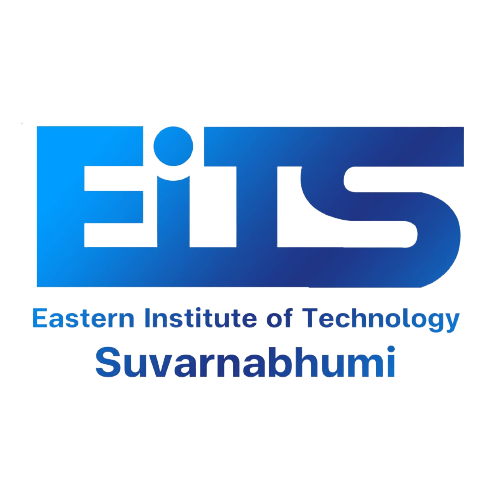School management towards excellence in the 21st century using LADDAWAN MODEL format
Main Article Content
Abstract
This article aims to apply the LADDAWAN MODEL educational institute management model to the educational administration. The results of the application show that the LADDAWAN MODEL educational institute management model is used in the educational administration to be used in the 21st century. It affects the development and excellence of educational institutions in a variety of ways. Adapting a school's learning environment can help modify and adapt the learning environment to suit the needs and abilities of the learners. By using technology to create a new learning space. To support quality learning and an interesting experience for the learners. Making school collaboration foster collaboration and building productive teams. The management model of LADDAWAN MODEL also has good results for the development and improvement of the educational system in many aspects. Making the administration of education stable helps create a stable and modern administrative structure and framework, such as setting a clear vision and mission. preparation of educational strategic plans and appropriate targeting It also helps to support personnel development. to promote learning and skill development for personnel This results in increasing efficiency in teaching and conducting quality work. help strengthen collaboration at the corporate level resulting in a clear division of duties and tasks Create effective teamwork and result in the development of an effective educational system It helps in providing complete and reliable data-driven decision support for important decisions such as analyzing educational data. Learning monitoring and evaluation and analyzing problems to find appropriate solutions And helps to improve the quality of learning, educational institutions can improve the quality of learning. By using information and assessment data to improve the learning curriculum, teaching methods and activities that meet the needs of the students.
Article Details

This work is licensed under a Creative Commons Attribution-NonCommercial-NoDerivatives 4.0 International License.

